HD Pentax-D FA 70-210mm F4 ED SDM WR
Sharpness Comparison with the DA* 60-250mm
The new D FA 70-210mm F4 will be seen by many as a spiritual successor to the DA* 60-250mm F4. Especially considering that the latter can be modified for use on a full frame camera, there is an obvious interest for comparing the two lenses.
The new 70-210mm presents a few advantages: a lighter and slimmer body (albeit longer), internal zooming, arguably faster AF, built-in full frame compatibility (including in-camera corrections). The 60-250mm still has a few things going for it: longer focal range at both ends, built-in and removable tripod foot, slightly shorter body (easier to store in a bag with a camera mounted), better build quality including a metal body, nicer bokeh and, in theory, Pentax star quality.
For many users, the most important comparison will be regarding sharpness. This section compares the sharpness tests performed with each lens. For the 70-210mm, the results are an excerpt from those on the previous page.
The comparison will be limited to results using a full frame sensor.
We elected to compare identical focal lengths to get a common ground for analysis. The 60-250mm of course offers a longer range at both ends.
Results at 70mm
This first comparison shows how the lenses perform at or near their widest focal length.
Center Sharpness
D FA 70-210mm | DA* 60-250mm | |
F4 | 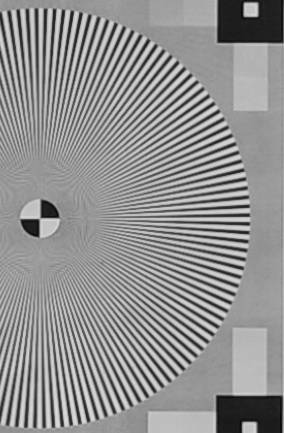 | 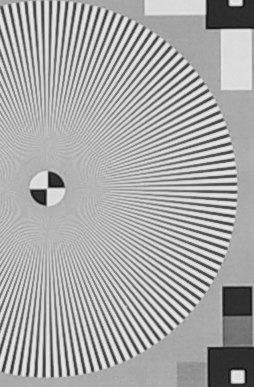 |
F5.6 | 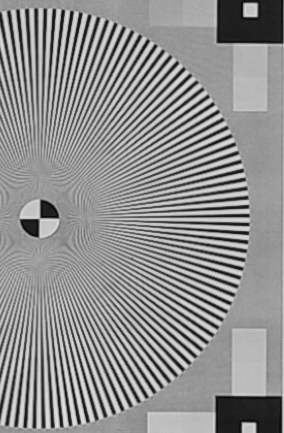 | 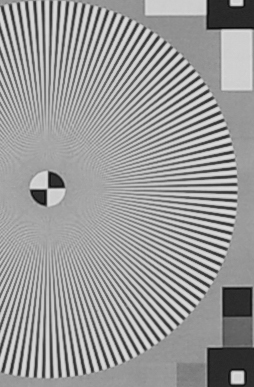 |
F8 | 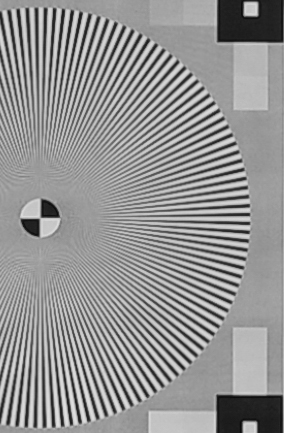 | 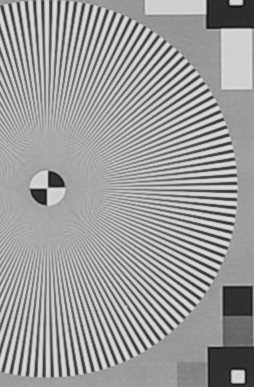 |
F11 | 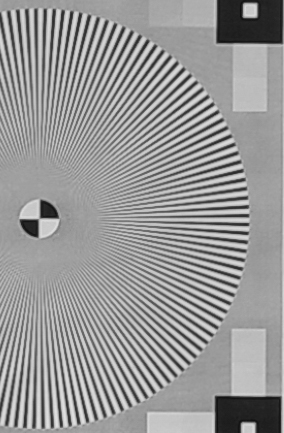 | 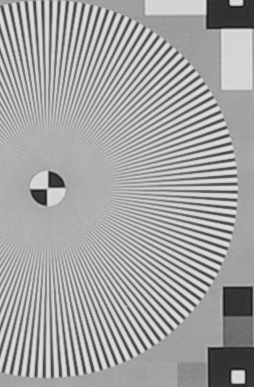 |
F16 | 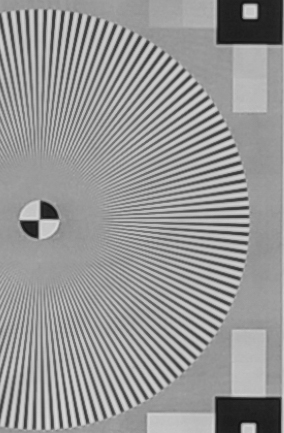 | 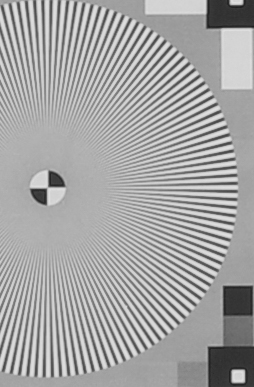 |
F22 | 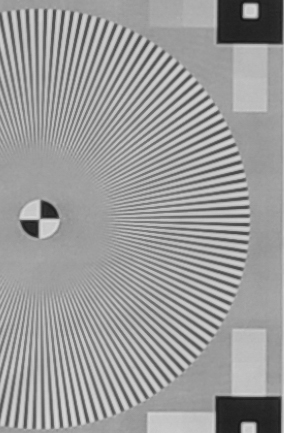 | 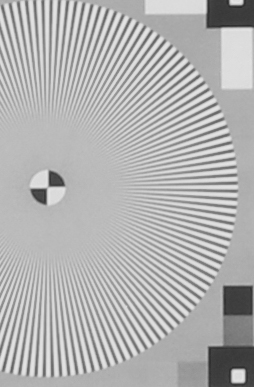 |
F32 | 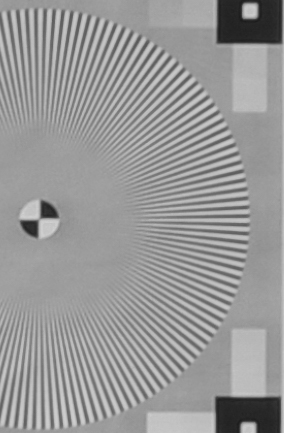 | 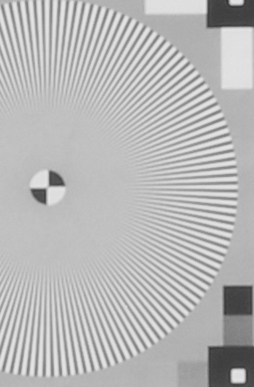 |
At 70mm in the center, the new D FA lens has a slight advantage over the modified DA* lens. The difference is subtle but consistent at all apertures.
Edge Sharpness
D FA 70-210mm | DA* 60-250mm | |
F4 | 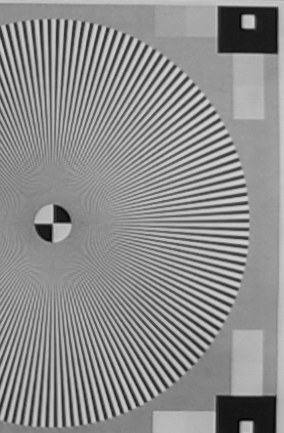 | 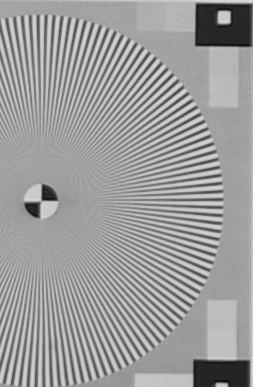 |
F5.6 | 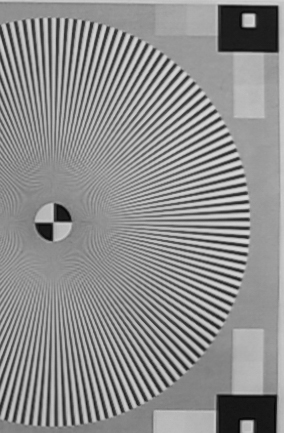 | 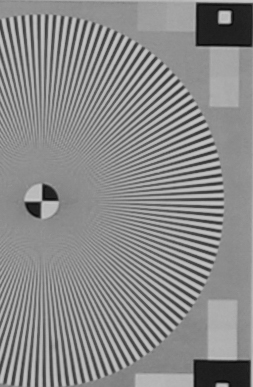 |
F8 | 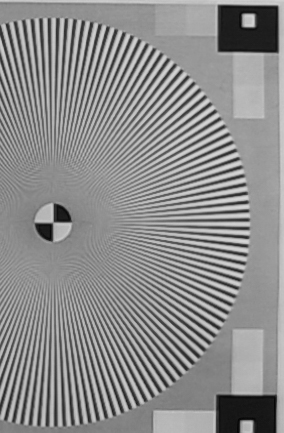 | 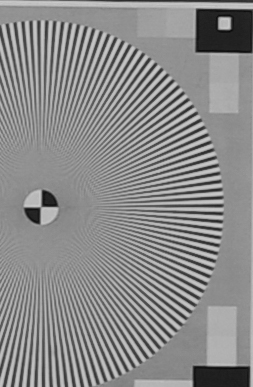 |
F11 | 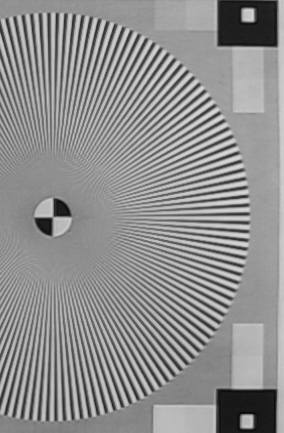 | 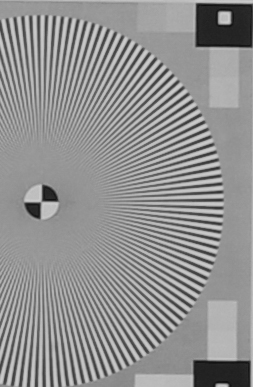 |
F16 | 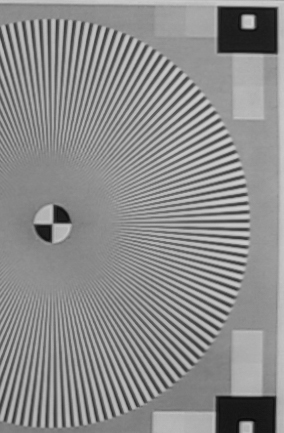 | 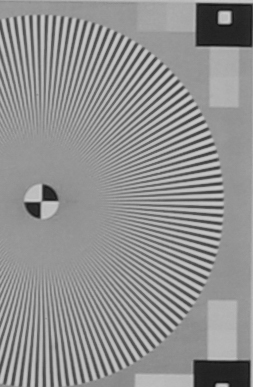 |
F22 | 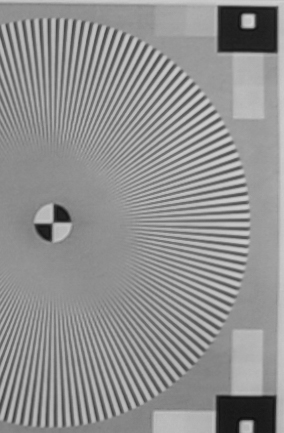 | 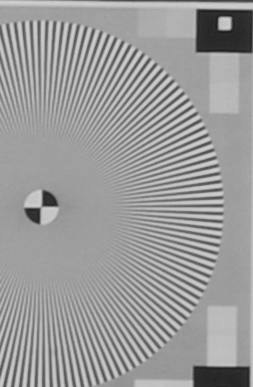 |
F32 | 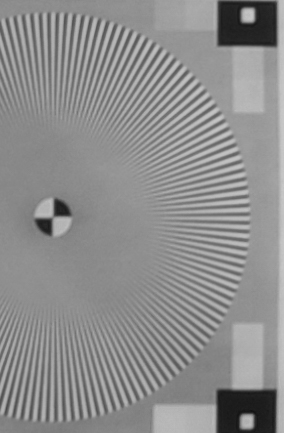 | 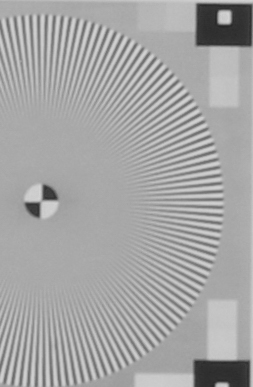 |
Edges are, for all practical purposes, similar between the two lenses. The D FA has an advantage at very small apertures (F22 and F32), where the lenses are less likely to be used.
Corner sharpness
D FA 70-210mm | DA* 60-250mm | |
F4 | 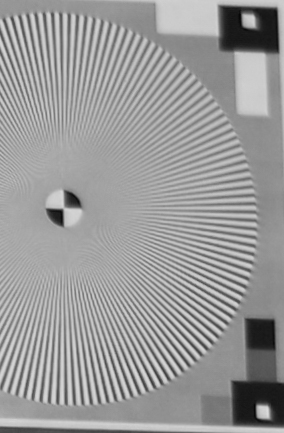 | 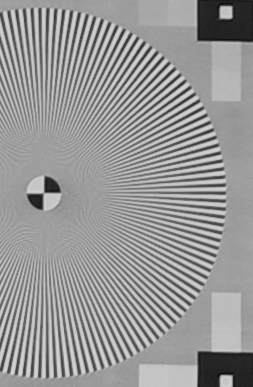 |
F5.6 | 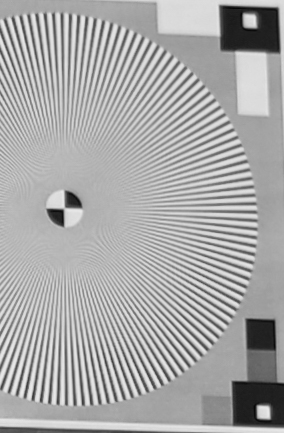 | 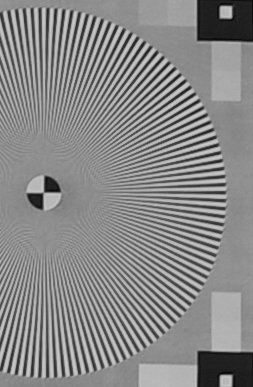 |
F8 | 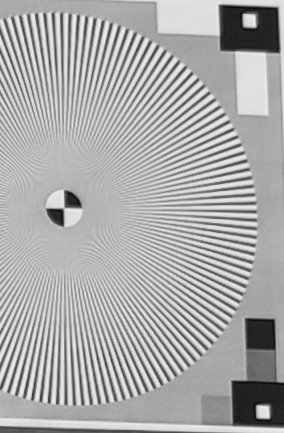 | 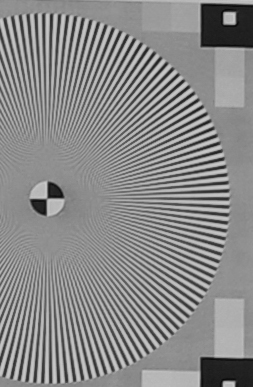 |
F11 | 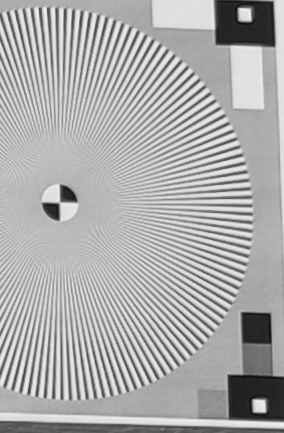 | 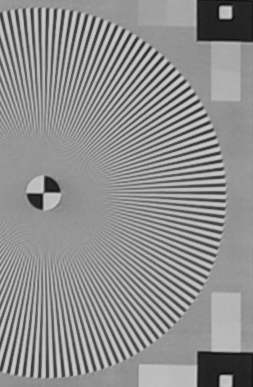 |
F16 | 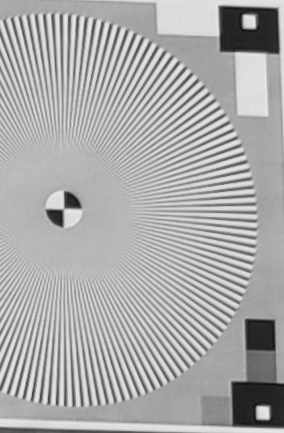 | 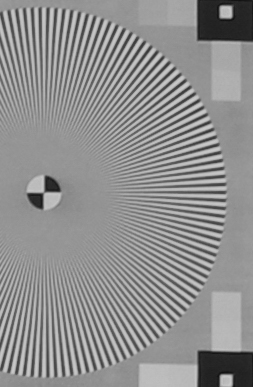 |
F22 | 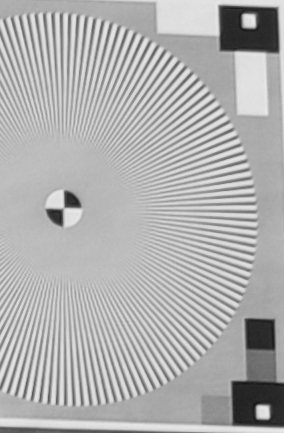 | 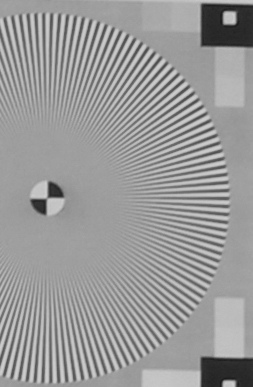 |
F32 | 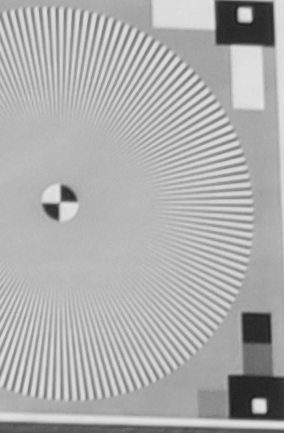 | 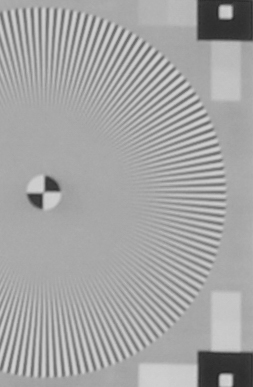 |
A bit surprisingly, corners are much better with the modified DA* lens than with the D FA lens.
All in all, the D FA 70-210mm presents a slight advantage in the center, while the modified DA* 60-250mm produces more uniform resolution figures across the frame.
Results at 210mm
This second comparison illustrates how the lenses perform at 210mm.
Center Sharpness
D FA 70-210mm | DA* 60-250mm | |
F4 | 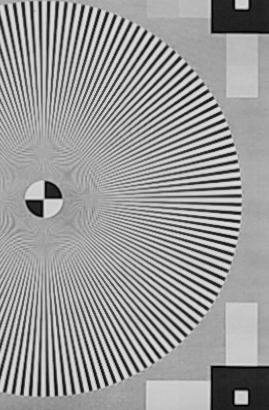 | 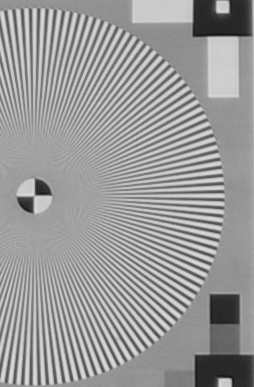 |
F5.6 | 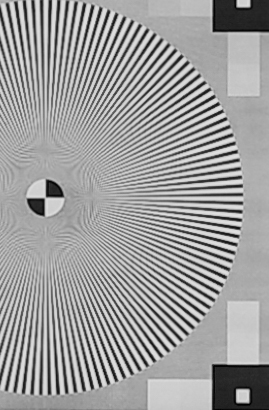 | 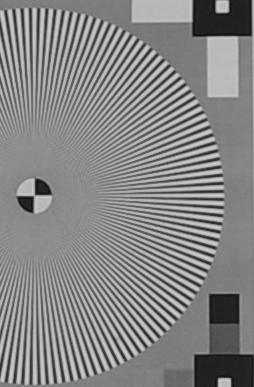 |
F8 | 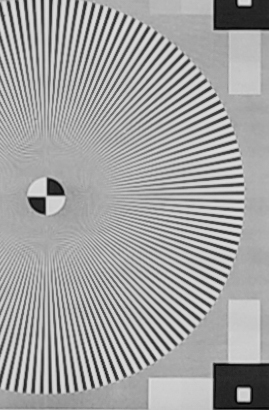 | 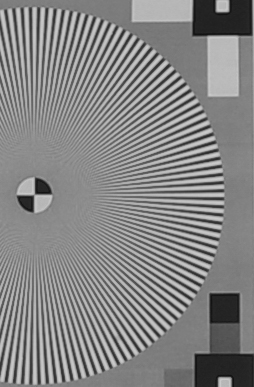 |
F11 | 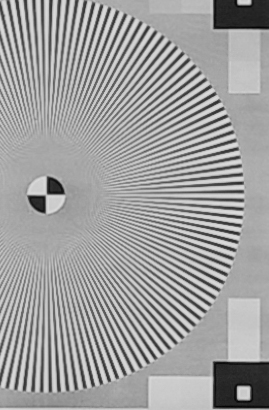 | 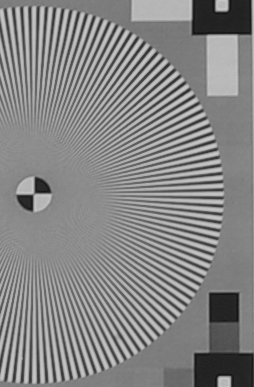 |
F16 | 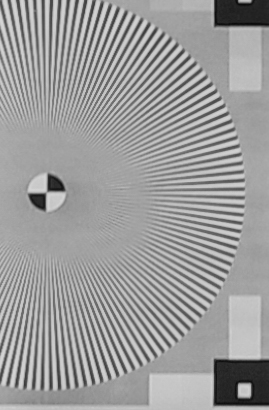 | 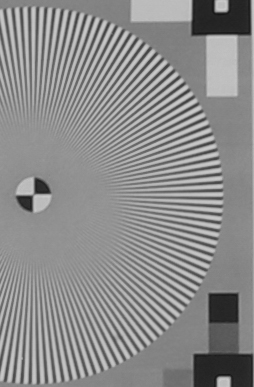 |
F22 | 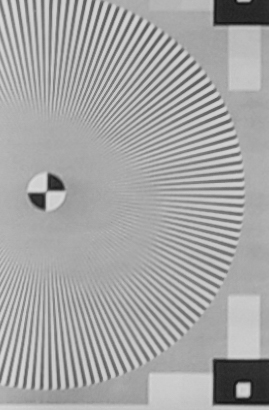 | 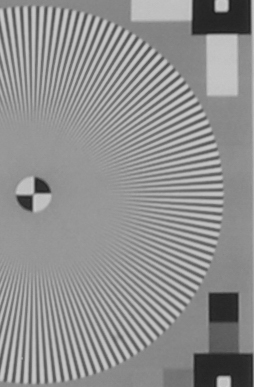 |
F32 | 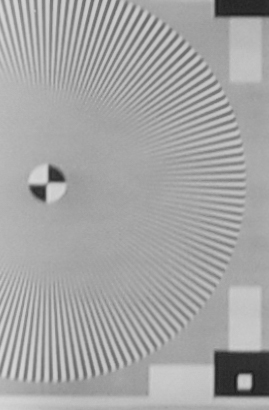 | 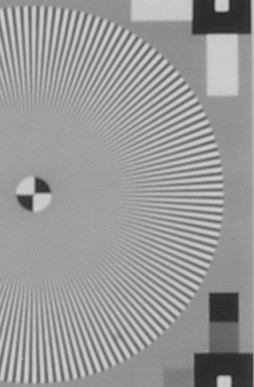 |
At 210mm in the center, the D FA shows better sharpness, particularly at F4 and F5.6. At F8, the difference becomes harder to notice. The newer lens is clearly sharper wide open.
Edge Sharpness
D FA 70-210mm | DA* 60-250mm | |
F4 | 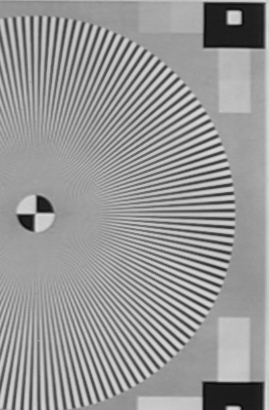 | 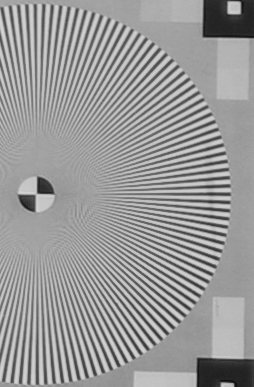 |
F5.6 | 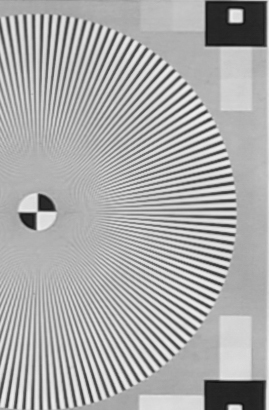 | 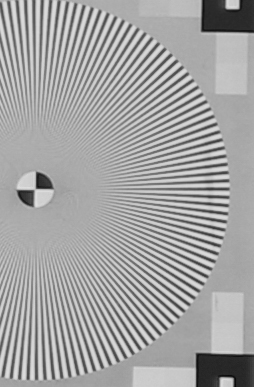 |
F8 | 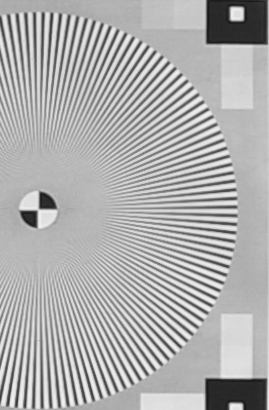 | 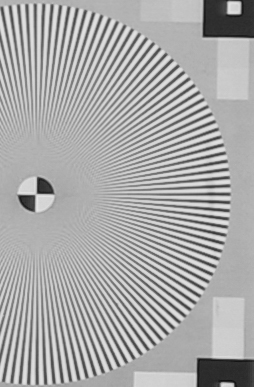 |
F11 | 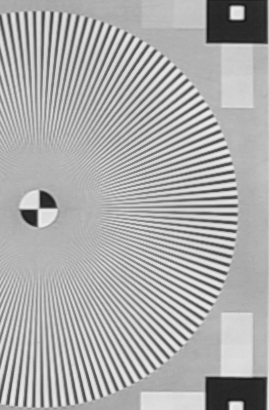 | 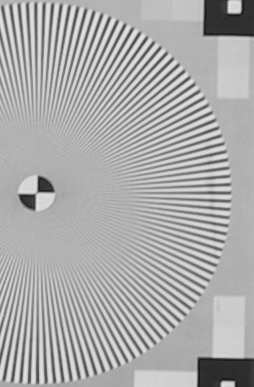 |
F16 | 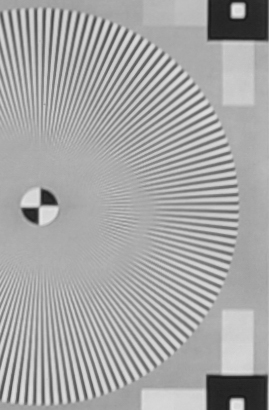 | 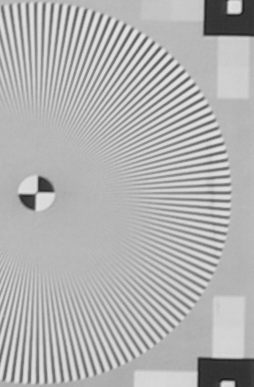 |
F22 | 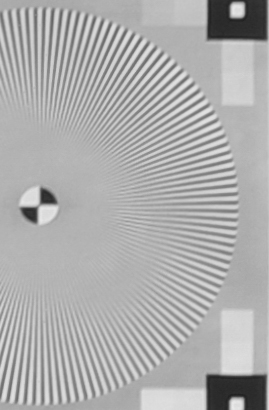 | 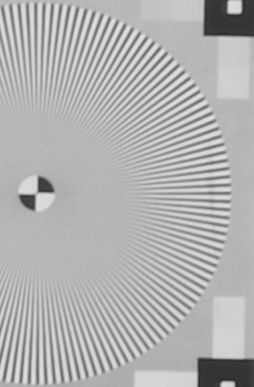 |
F32 | 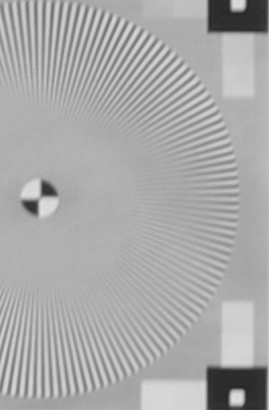 | 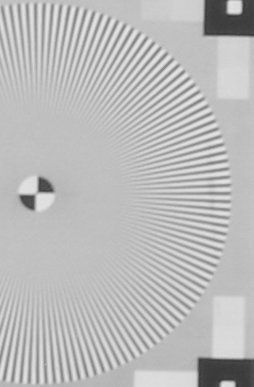 |
The story is different at the edges. Wide open the DA* is sharper. Smaller apertures are similar until F16 where the D FA takes the lead.
Corner Sharpness
D FA 70-210mm | DA* 60-250mm | |
F4 | 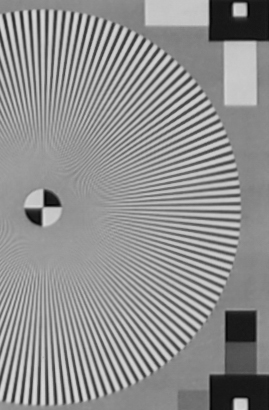 | 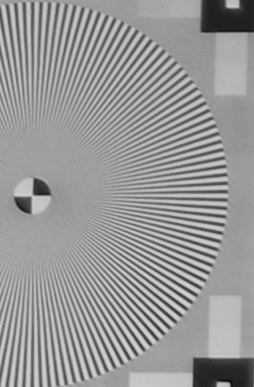 |
F5.6 | 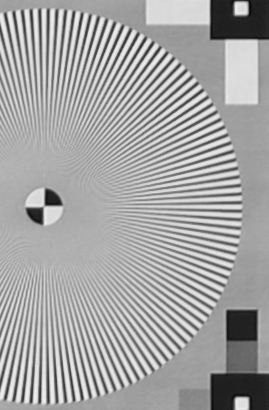 | 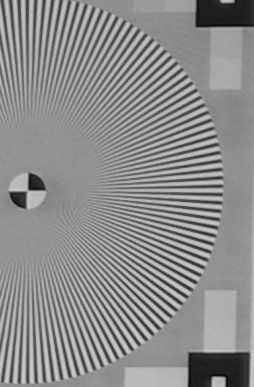 |
F8 | 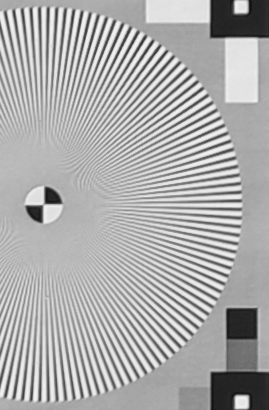 | 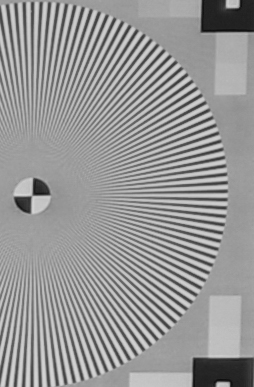 |
F11 | 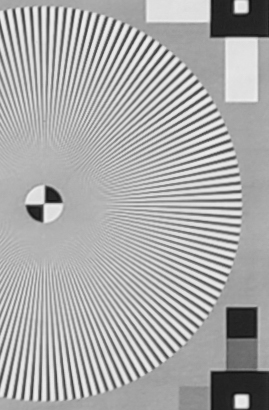 | 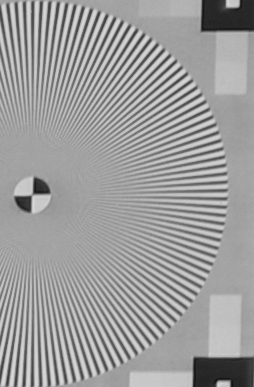 |
F16 | 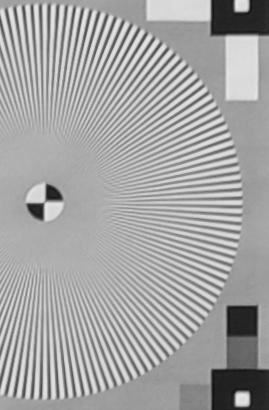 | 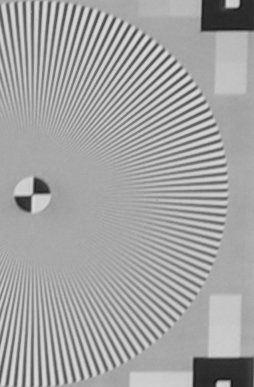 |
F22 | 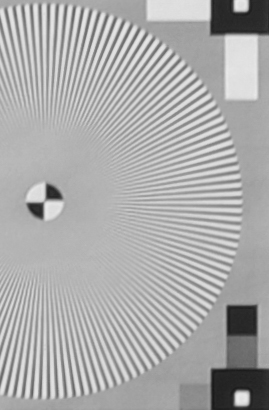 | 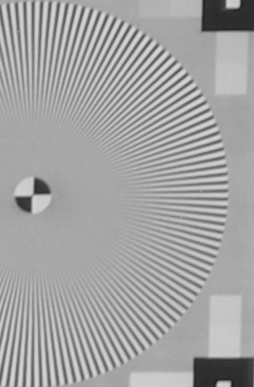 |
F32 | 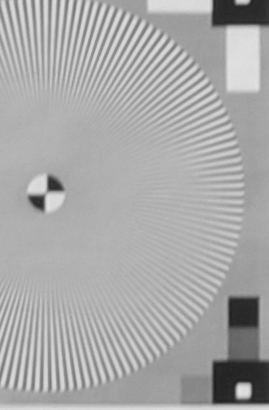 | 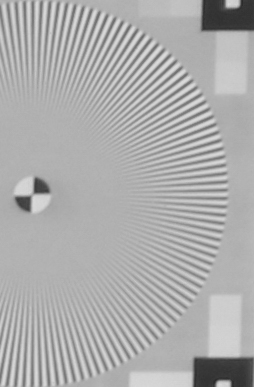 |
The two lenses are hard to tell apart when looking at the corners. This is one area where the D FA and modified DA* are almost identical.
At 210mm, the D FA 70-210mm has the advantage in the center of the frame, the DA* 60-250mm has a small advantage on the edges, and the two lenses are similar in the corners.
Verdict
Comparing sharpness for the modified DA* 60-250mm and the D FA 70-210mm is interesting, to say the least. The two lenses both have their merits and flaws. Generally speaking, the newer 70-210mm is sharper in the center, while the 60-250mm produces more even results.
Which is better? That depends. For mostly centered subjects, requiring isolation from the background, the D FA 70-210mm has a real advantage. If the subject fills the frame, or if the whole scene has interesting elements, the DA* 60-250mm has the edge. The DA* has the added advantage of offering a longer focal range at both ends. In particular, 60mm vs 70mm is a noticeable difference.
Page 8 of 15 | First Page | Last Page



